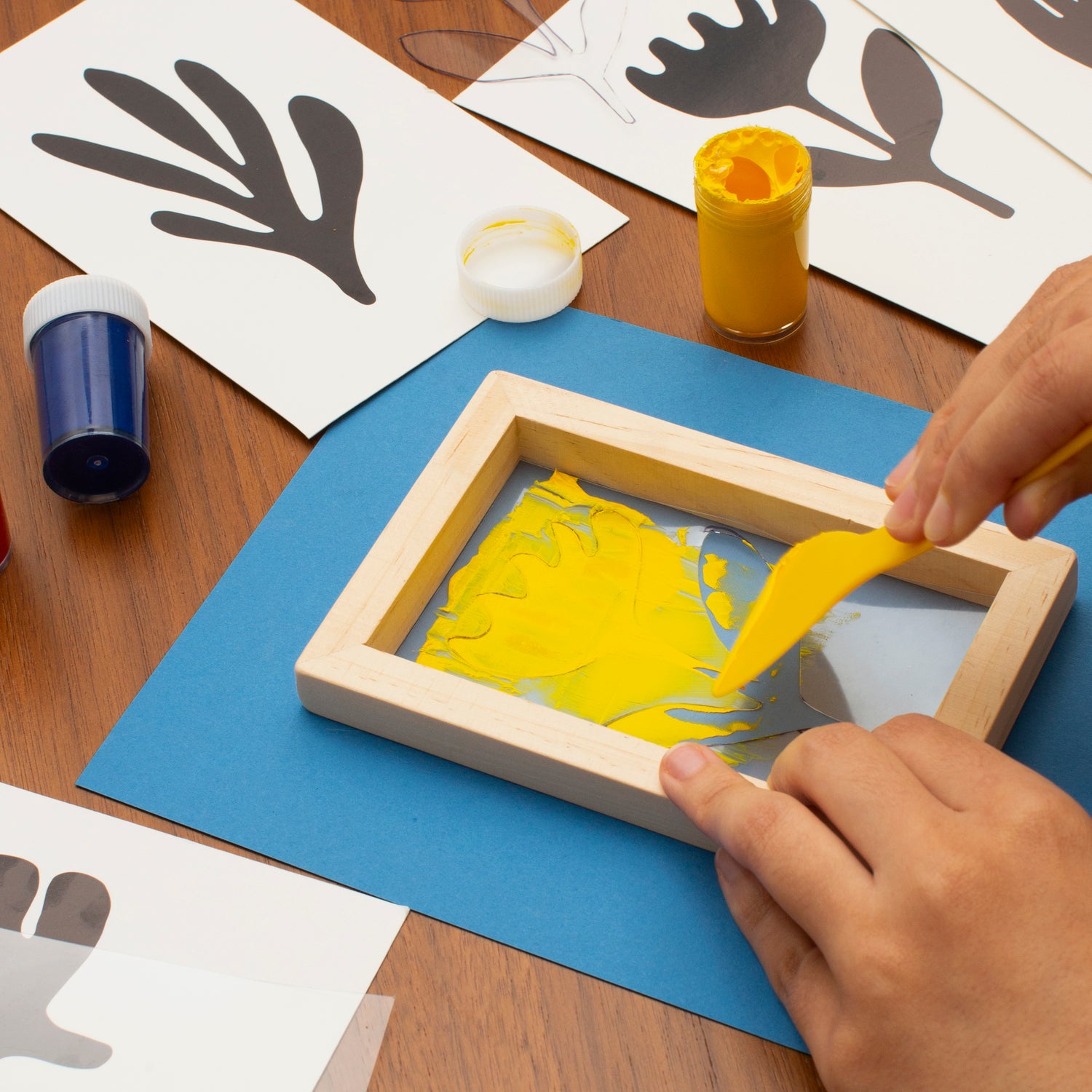ChatGPT said: The ultimate guide to 10:9 Design Screen Printing Texas for businesses and individuals
The Important Overview to Recognizing Screen Printing and Its Versatile Uses
Screen printing has a rich history that goes back to ancient times, progressing right into an advanced strategy utilized throughout various markets today. This overview discovers the complexities of the screen printing process, detailing its applications in advertising, home, and fashion design - 10:9 Design Texas. Comprehending these principles can open imaginative capacity for both business and imaginative jobs. The complying with areas will disclose necessary tips and methods to improve one's screen printing undertakings
The History of Screen Printing
Although screen printing has origins that trace back centuries, its advancement reflects the technological and artistic advancements of various societies. Coming from old China, the technique was at first used for decorating fabrics and later infect Japan, where it became integral to Ukiyo-e woodblock printing. The technique moved to Europe in the 18th century, where it obtained popularity among artisans and industrial printers. The invention of picture solution in the 20th century changed screen printing, allowing for even more detailed styles and greater effectiveness. Artists like Andy Warhol additionally thrust its appeal, utilizing the tool to produce renowned jobs that mixed commercialism and art. By the late 20th century, screen printing had developed itself as a flexible strategy, employed in fashion, advertising and marketing, and fine art. Today, it remains to progress, incorporating electronic technology and expanding its applications throughout various industries.
The Screen Printing Refine Explained
Screen printing changes imaginative visions into tangible layouts via a collection of exact actions. At first, an image is produced and after that moved onto a screen, usually constructed from fine mesh material extended over a structure. A light-sensitive solution is related to the screen, which is subjected to light, hardening in locations not covered by the picture. After rinsing the unhardened solution, a pattern is created.
Next, the screen is positioned over the substrate, whether it be material, paper, or another product. Ink is after that pushed via the open locations of the stencil utilizing a squeegee, depositing the style onto the substratum below. This process can be repeated for multiple shades, calling for different screens for each and every hue. The published thing is cured making use of warmth to ensure the ink sticks appropriately, resulting in a sturdy, vibrant style ready for use.
Sorts Of Screen Printing Techniques

Additionally, specialty strategies, such as discharge screen printing, remove dye from the textile to develop softer prints, while foil screen printing uses metal aluminum foil to attain a glossy finish (10:9 Design Abilene). Each strategy provides distinctive characteristics, satisfying different imaginative requirements and production scales, ultimately broadening the opportunities within the screen printing domain
Applications of Screen Printing in Various Industries

Additionally, the signs and marketing sectors use screen printing for producing eye-catching display screens and banners. This approach enables strong colors and elaborate designs that record interest. In electronics, screen printing is employed for applying conductive inks to circuit card, important for component connections. Furthermore, the home style market welcomes screen printing to produce distinct styles on textiles and wall surface art. Generally, screen printing acts as a critical tool throughout diverse areas, boosting products with personalized and aesthetically attractive graphics.
Tips for Effective Screen Printing Projects
While carrying out a screen printing job, cautious focus to detail can substantially improve the final end result. Initially, selecting high-grade products is important; this includes the screen, inks, and substratums. Making use of appropriate mesh matters can affect ink deposition and detail resolution. Preparation is equally crucial; detailed cleaning of displays and proper exposure times ensure crisp prints.
Next off, precise enrollment is crucial for multi-color prints. Utilizing placement devices can assist achieve accurate layering. In addition, testing prints on scrap products before production aids identify possible issues without throwing away sources.

Frequently Asked Inquiries
What Materials Are Best for Screen Printing on Textile?
Cotton and polyester blends are optimal for screen printing on textile because of their longevity and website ink absorption. In addition, specialty materials like silk or canvas can generate special appearances and coatings, improving the overall layout top quality.
How Do I Tidy and Maintain Screen Printing Devices?
To maintain and cleanse screen printing tools, one should frequently wash displays with appropriate solvents, inspect squeegees for wear, lubricate relocating components, and shop all products in a dry, dust-free environment to prolong their lifespan.
What Are the Environmental Impacts of Screen Printing?
Screen printing can have substantial environmental influences, including chemical waste from inks and solvents, water use during cleaning processes, and energy usage. Environmentally friendly products and sustainable practices are necessary for lessening these negative impacts.
Can Screen Printing Be Done in the house Effectively?
Screen printing can be properly done at home with the right materials and strategies. Enthusiasts can produce high quality prints, though success depends on their skill level, devices, and understanding of the procedure involved.
What Are the Expenses Linked With Beginning a Screen Printing Service?

Beginning a screen printing business includes prices for devices, materials, and workspace. First expenditures normally range from a couple of hundred to numerous thousand bucks, relying on the scale, quality of equipment, and desired manufacturing capability.
Screen printing has a rich history that dates back to ancient times, developing right into an advanced strategy utilized throughout numerous markets today. Another technique, rotating screen printing, employs cylindrical displays, facilitating continuous printing on textile rolls, thereby enhancing efficiency for massive manufacturings. In addition, specialized methods, such as discharge screen printing, get rid of color from the fabric to produce softer prints, while aluminum foil screen printing applies metal foil to achieve a shiny finish. In the fashion market, screen printing is extensively made use of to develop lively layouts on garments, enabling brand names to showcase their unique designs. Cotton and polyester blends are excellent for screen printing on material due to their longevity and ink absorption.